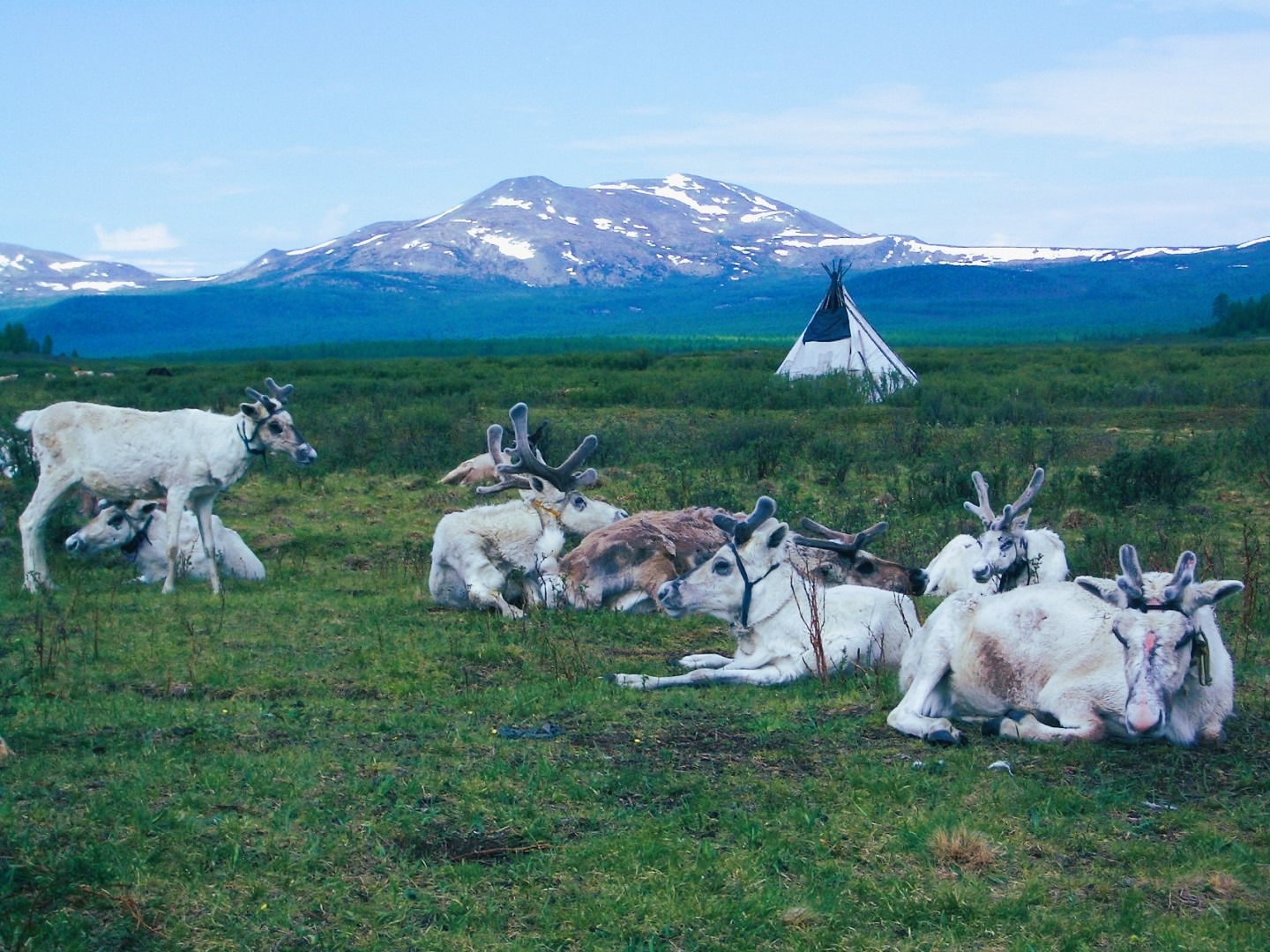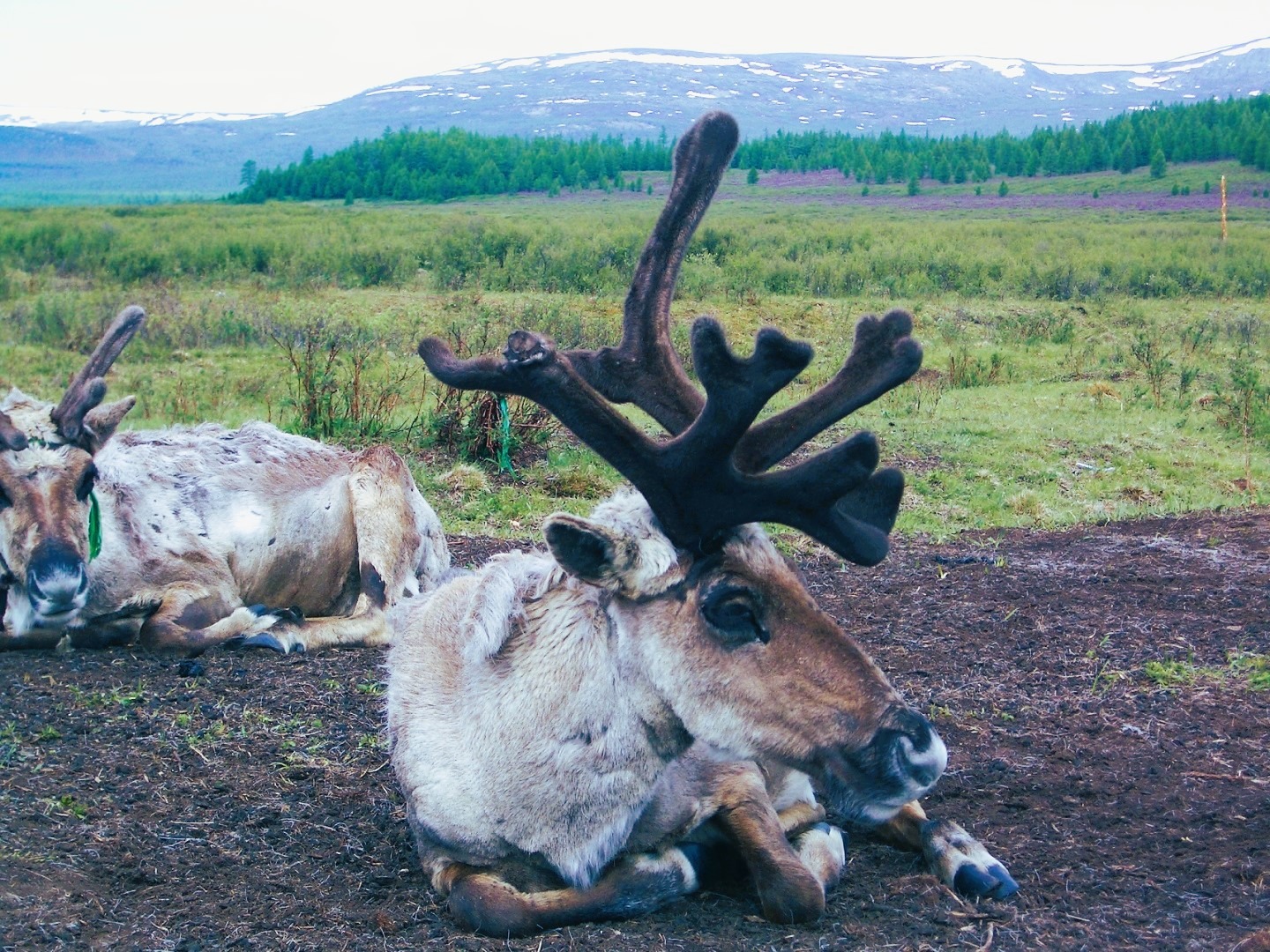Ulaan Taiga is a high mountain range located in Mongolia, which rises to an elevation of 3059 meters above sea level. Covered with a thickly wooded forest and steep rocks, this mountain range extends all the way to the northern border of Mongolia in Ulaan-Uul soum. The sub-mountains of Ulaan Taiga include Lama Taiga, which rises to 2659m, and Boshgot Taiga, which rises to 3009m.
Other notable peaks in the range include Deed Taiga, which is 3222m high, and Ivtei Taiga, which reaches an elevation of 2750m. The larger rivers in the area, such as Delgermoron, Huh Gol, and Mungarag, all originate from these mountains. It is divided into two parts: Deed or Upper Taiga and Dood or Lower Taiga. The area is dominated by Larch and Cedar trees, which grow in abundance. One can also find rare animals such as Moose-elk, wild reindeer, otters, and marten living here.
Home of Tsaatan
Where the Tsaatan people live, has a rich history. The presence of Chinese and Uyghur-era military fortifications and castle ruins in the area suggests that the Uyghur and Chinese empires had a significant influence on the region. It is believed that the native reindeer herders who live here started calling themselves Uighurs due to this influence. Reindeer are the primary livestock of the Tsaatan people, and they are better adapted to cold highlands than to hot climates.
They graze against the wind in harsh climates, with temperatures ranging from minus 31-50 degrees Celsius. During winters, the Tsaatan people migrate in herds following their reindeer. To avoid inbreeding and improve the quality of their cattle, they must change pastures with the most nutrients. However, due to the small population of Tsaatan people, they often marry blacksmiths and Khalkh people to avoid the danger of inbreeding. Unfortunately, this has resulted in the loss of the original way of life and customs of the Tsaatan people.






